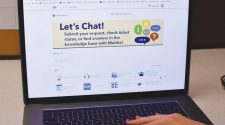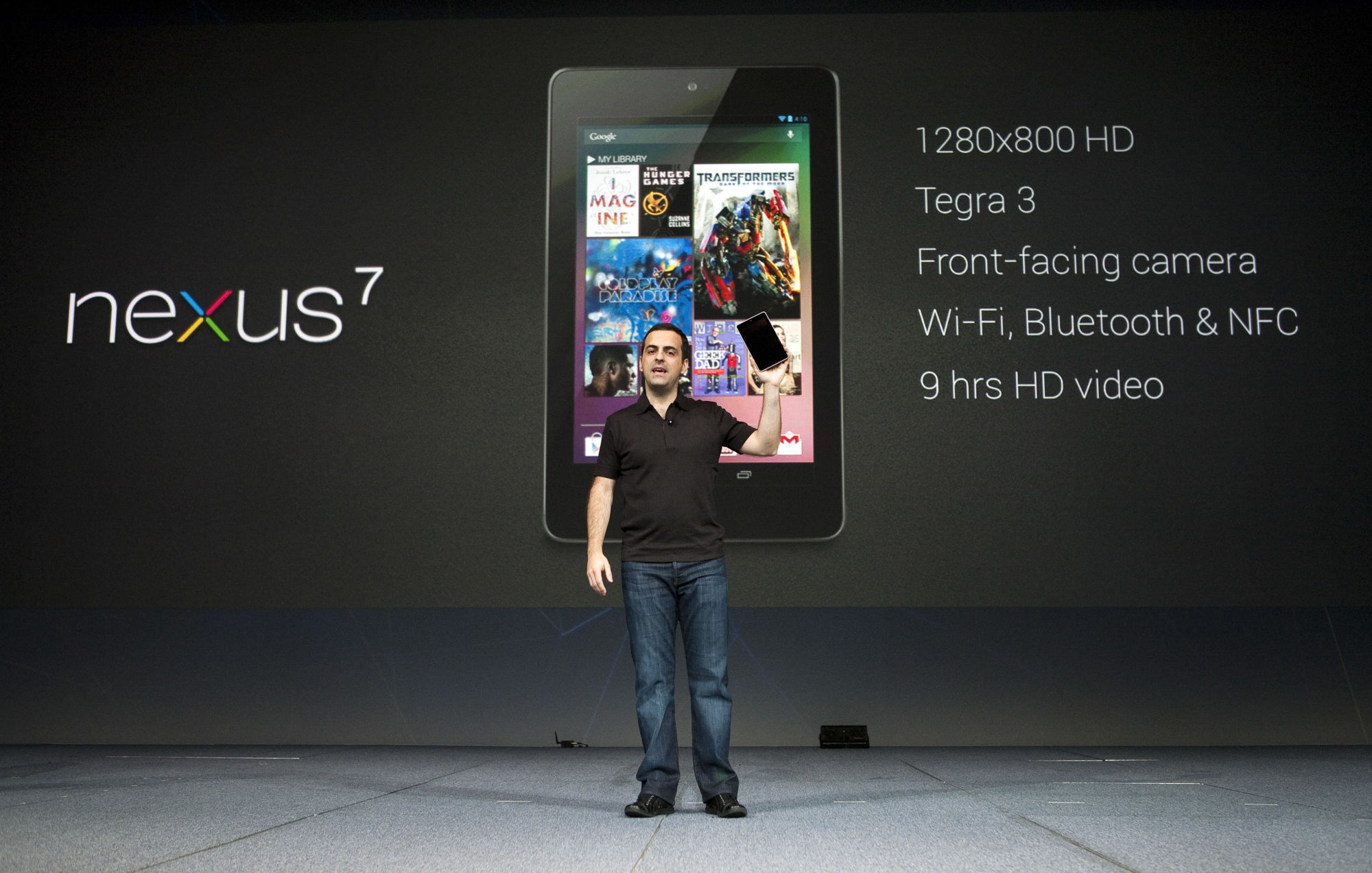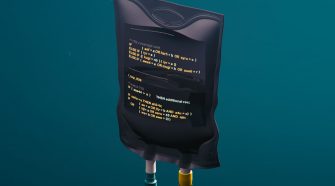Probably the most common refrain regarding Google tablets was about app quality. Specifically, developers never got on board with building apps for larger screens the way they did for the iPad, and Google’s tablets have suffered for it.
Perhaps the only tablet that wasn’t hurt by software quality was with the Nexus 7, which arrived in the summer of 2012 and was sold until mid-2015. It was significantly smaller and cheaper than an iPad, and was one of the first and best tablets focused strictly on content consumption. At less than $300, it was an ideal airplane companion for watching movies, reading books or comics, playing games, listening to music and so on.
It’s easy to forget now, in a time where 6-inch phones are the norm — but in 2012, when a 4.5-inch phone was considered big, having a tablet for these activities was a nice luxury. And while the vast majority of apps weren’t designed with a bigger screen in mind, they didn’t feel totally ridiculous on a 7-inch screen meant to be held in portrait mode. It felt like you were using a really big phone, something it turned out customers wanted anyway. And once phone screens ballooned in size, the market for smaller tablets dried up.
The Android ecosystem’s deficiencies on larger screens were more glaring with 2014’s Nexus 9 and 2015’s Pixel C. Both tablets featured large, high-resolution displays and third-party apps that did not take advantage of them. The problem was particularly acute on the Pixel C, which cost $650 with its keyboard attachment. The hardware was lovely and powerful, but adding a keyboard to an Android tablet didn’t make it a productivity powerhouse — Android didn’t have split-screen multitasking when the Pixel C launched, and few apps took advantage of the large display. When compared with the Surface lineup or the iPad Pro, the Pixel C was clearly lacking.

















